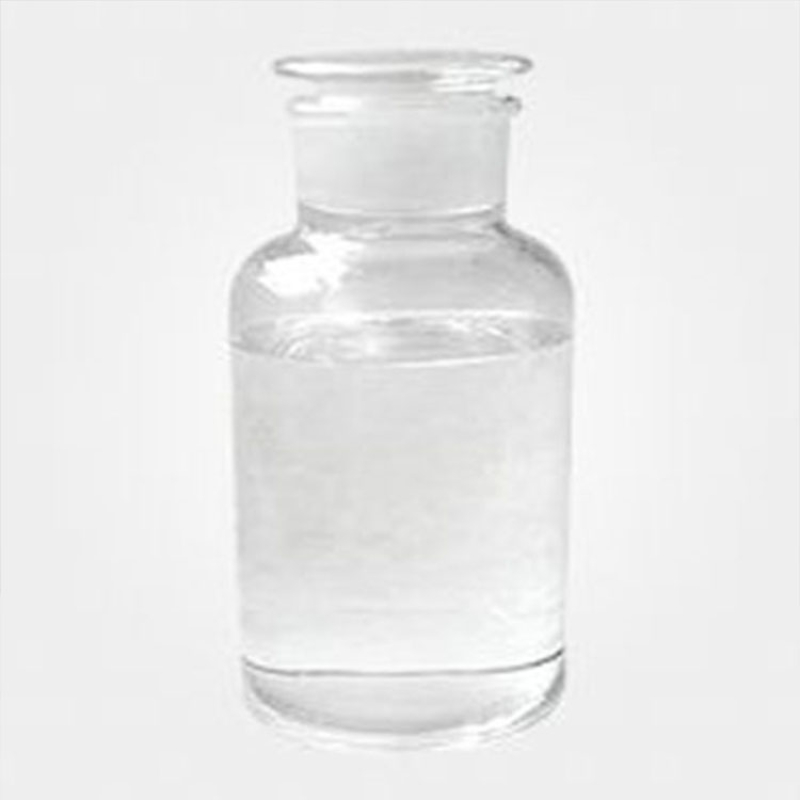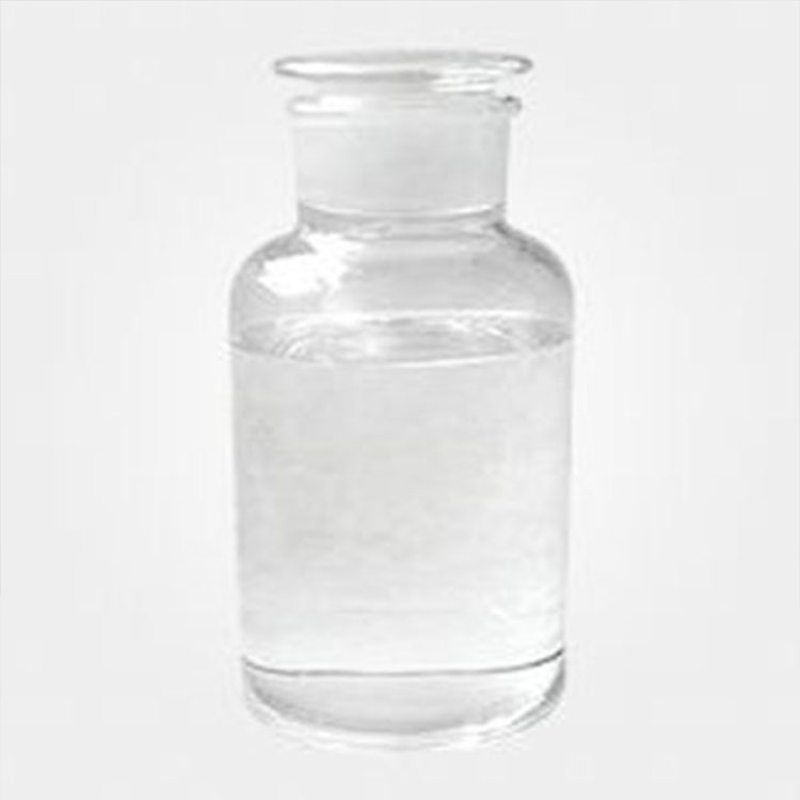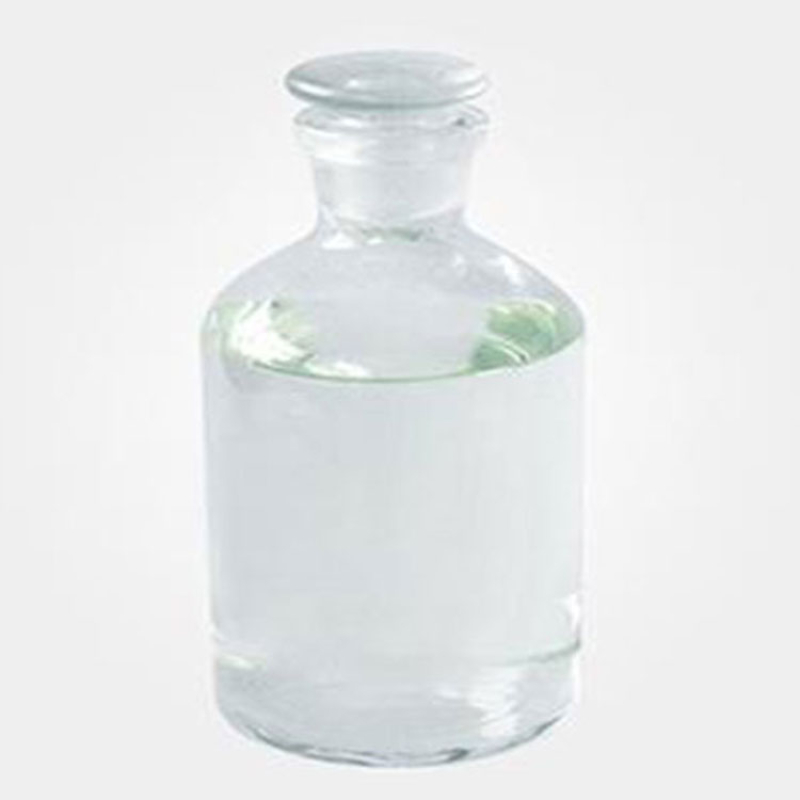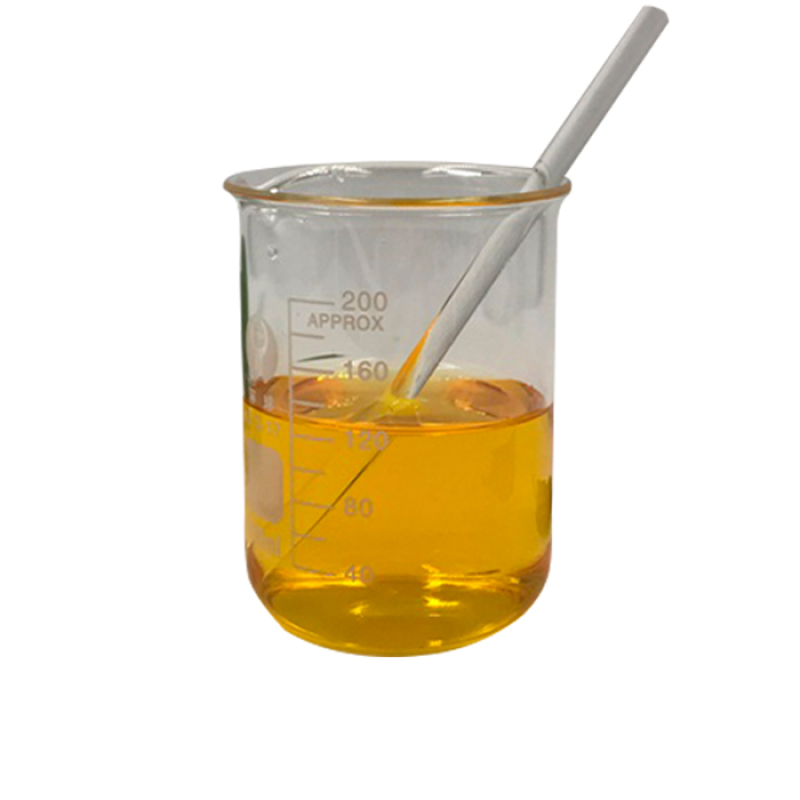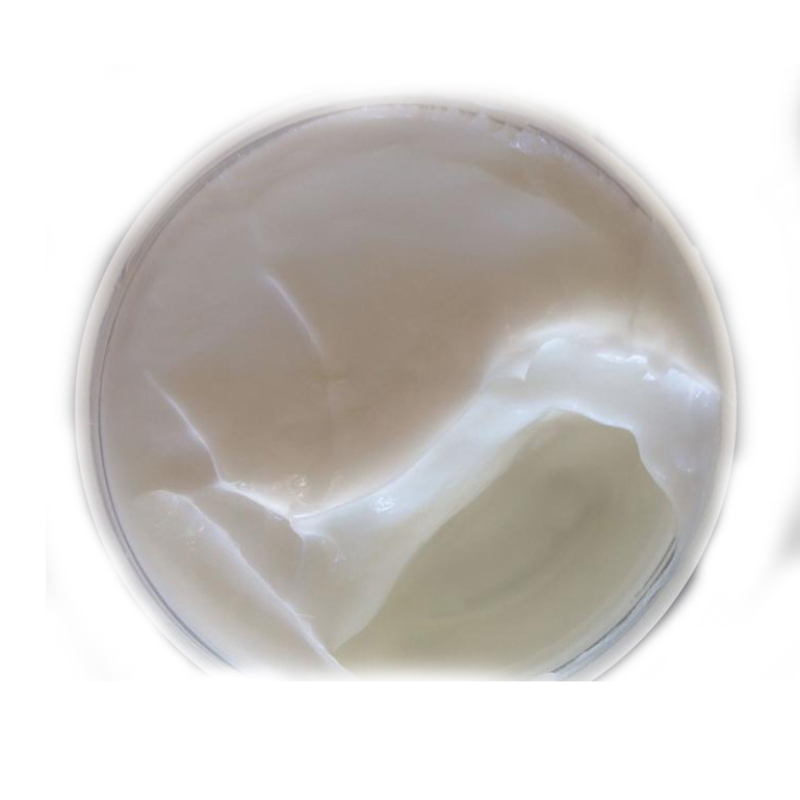Products Description of OP 935 CAS#225789-38-8 As a new type of phosphorus-based flame retardant, diethylaluminum hypophosphite has high thermal stability, chemical stability and environmental friendliness, and can be used as an excellent polymer material flame retardant to replace environmentally harmful halogen flame retardants.OP 935 Chemical PropertieWater Solubility 1.6g/L at 25℃CAS DataBase Reference225789-38-8Product Application of OP 935 CAS#225789-38-8 The main chemical bonds in the structure of diethyl aluminum hypophosphite are P-C, P=O, P-O, and its flame r
Contact Now
Products Description of Meloxicam CAS#71125-38-7Meloxicam is a non-steroidal antipyretic, analgesic and anti-inflammatory drug. It is not a hormone drug. It has strong anti-inflammatory, analgesic and antipyretic effects. It can selectively inhibit the activity of cyclooxygenase-2 (COX-2), thereby blocking the synthesis of prostaglandins. Its inhibitory effect on the biosynthesis of prostaglandins in inflammatory sites is stronger than that on the biosynthesis of prostaglandins in the gastric mucosa or kidneys. It is safer than other NSAIDs.
Contact Now
Products Description of Icaridin CAS#119515-38-7Icaridin, also known as Picaridin, was invented by the German company Saltigo. It is a broad-spectrum repellent with good mosquito repellent effect and long protection time. It is considered to be safer and less toxic than DEET, non-irritating to the skin, and has a higher overall level. It is also rated as the most effective mosquito repellent besides DEET by the Centers for Disease Control and Prevention of the United States. It is currently recognized as the best mosquito repellent chemical in Europe and the United States.
Contact Now
Products Description of 2,3-Difluorophenol CAS#6418-38-82,3-Difluorophenol is a chemical substance.2,3-Difluorophenol Chemical PropertiesMelting point 39-42 °C (lit.)Boiling point 54 °C/25 mmHg (lit.)density 1.2483 (estimate)Fp 134 °Fstorage temp. Inert atmosphere,2-8°Cpka7.71±0.10(Predicted)form powder to lump to clear liquidcolor White or Colorless to Almost white or Almost colorlessBRN 2082265InChIKeyRPEPGIOVXBBUMJ-UHFFFAOYSA-NCAS DataBase Reference6418-38-8(CAS DataBase Reference)Safety InformationHazard Codes F,Xn,Xi,CRisk Statements&
Contact Now
Products Description of BISPHENOL A ETHOXYLATE DIMETHACRYLATE CAS#41637-38-1Colorless liquidBISPHENOL A ETHOXYLATE DIMETHACRYLATE Chemical Propertiesdensity 1.12 g/mL at 25 °C(lit.)refractive index n20/D 1.532Fp >230 °Fstorage temp. 2-8°CEPA Substance Registry SystemPoly(oxy-1,2-ethanediyl), .alpha.,.alpha.'-[(1-methylethylidene)di-4,1-phenylene]bis[.omega.-[(2-methyl-1-oxo-2-propenyl)oxy]- (41637-38-1)Safety InformationHazard Codes XiRisk Statements 36/37/38-43Safety Statements 26-36WGK Germany 3 Factory and Equ
Contact Now
H3PO4 CAS#7664-38-2Welcome to our detailed product page for Phosphoric Acid, also known as Orthophosphoric Acid, with the chemical formula H3PO4 and registration number CAS#7664-38-2. This industrial grade acid is the cornerstone of various industries, providing a range of applications from agriculture to food processing.
Contact Now
Products Description of 1,7-DihydroxynaphthaleneCAS#575-38-2 1,7-Dihydroxynaphthalene Chemical PropertiesMelting point 180-184 °C (lit.)Boiling point 246.06°C (rough estimate)density 1.0924 (rough estimate)refractive index 1.5418 (estimate)Fp 252 °Cstorage temp. Sealed in dry,Room Temperaturesolubility DMSO (Slightly), Methanol (Slightly)pka9.58±0.40(Predicted)form Solidcolor Beige to Dark BrownWater Solubility Slightly soluble in water.λmax335nm(Cyclohexane)(lit.)BRN 1908499CAS DataBase Reference575-38-2(CAS DataBase Reference)N
Contact Now
Products Description of Phosphoric acidCAS#7664-38-2Phosphoric acid is also called orthophosphoric acid (molecular formula H3PO4). The pure product is a colorless, transparent, viscous liquid or orthorhombic crystal, odorless and very sour. 85% phosphoric acid is a colorless, transparent or slightly light-colored, viscous liquid. Melting point 42.35℃, specific gravity 1.70, high boiling point acid, miscible with water in any ratio, boiling point 213℃ (lose 1/2 water), then pyrophosphoric acid is generated. When heated to 300℃, it becomes metaphosphoric acid. Relative density 181.834.
Contact Now
Products Description of Sodium alginate CAS#9005-38-3Sodium alginate (CHONa), mainly composed of the sodium salt of alginate, is a polysaccharide biopolymer with many characteristics such as wide source, non-toxic, easy to degrade, and easy biocompatibility. Therefore, it has great application value in various industries such as medicine, food, packaging, textile industry, and biomaterials.Sodium alginate Chemical PropertiesMelting point 99 °Cdensity 1.0 g/cm3(Temp: 25 °C)FEMA 2014 | ALGIN (LAMINARIA SPP.
Contact Now
Orthophosphoric Acid CAS#7664-38-2Phosphoric Acid, with the chemical formula H₃PO₄ and CAS number 7664-38-2, is a versatile inorganic acid that plays a crucial role in a multitude of industries.
Contact Now
N-B-HYDROXYETHYL OLEYL IMIDAZOLINE CAS#95-38-5It is widely used in the process of oil and natural gas extraction, gathering and transportation, and in the atmospheric and vacuum, catalytic cracking, hydrofining, hydrocracking and other devices of refineries to prevent corrosion of metal equipment.
Contact Now
Phosphoric Acid(industrial grade) CAS#7664-38-2Phosphoric Acid, with the chemical formula H₃PO₄ and CAS number 7664-38-2, is a versatile inorganic acid that plays a crucial role in a multitude of industries.
Contact Now
Phosphoric Acid (Industrial Grade) - CAS#7664-38-2Product OverviewOur industrial-grade Phosphoric Acid, also known as orthophosphoric acid (CAS#7664-38-2), is a high-quality, versatile chemical used across a range of industries. This product is factory-direct, ensuring competitive pricing and reliable supply for global customers.
Contact Now
85%phosphoric acid CAS#7664-38-2Product Overview:Our 85% Phosphoric Acid, identified by the CAS#7664-38-2, is a highly concentrated form of orthophosphoric acid (H₃PO₄), a tribasic acid with a wide range of industrial and food-grade applications. This product is recognized for its purity, effectiveness, and the ability to meet the specific requirements of various industries.Industrial Applications:Phosphoric Acid (Industrial Grade) is a cornerstone in the chemical industry, used in the production of fertilizers, detergents, and various types of chemicals.
Contact Now
Products Description of Cupric oxide CAS#1317-38-0Copper oxide is an inorganic substance with the chemical formula CuO. It is a black oxide of copper, slightly amphoteric and slightly hygroscopic. Insoluble in water, easily soluble in acid, stable to heat, and decomposes into oxygen at high temperatures. It can be reduced to metallic copper by introducing hydrogen or carbon monoxide at high temperature. Copper oxide is heated in Chemicalbook air and releases oxygen at about 1050°C and is reduced to cuprous oxide.
Contact Now
Products Description of 4-Hydroxycoumarin CAS#1076-38-64-Hydroxycoumarin is a coumarin derivative, one of the most versatile heterocyclic scaffolds, commonly used in the synthesis of various organic compounds. 4-Hydroxycoumarin has electrophilic and nucleophilic properties. 4-Hydroxycoumarin appears as slightly yellow needle-shaped crystals.
Contact Now
Methyl triphenyl phosphonium chloride Chemical PropertiesMelting point 221°C (dec.)Boiling point 332.65℃ at 101.3kPadensity 1.22 at 23℃vapor pressure 0.001Pa at 40℃storage temp. Inert atmosphere,Room Temperaturesolubility Soluble in methanol.form Solid:crystallinecolor White to Almost whiteSensitive HygroscopicLogP-1.73 at 20℃ and pH6.3-6.46Surface tension71.4mN/m at 1g/L and 20℃CAS DataBase Reference1031-15-8(CAS DataBase Reference)Safety InformationHazard Codes Xn;N,N,XnRisk Statements 21/22-38-41-51/53Safety Statements 22-26-36/37/
Contact Now
Products Description of 2-DODECEN-1-YLSUCCINIC ANHYDRIDE CAS#26544-38-7Yellow liquid2-DODECEN-1-YLSUCCINIC ANHYDRIDE Chemical PropertiesMelting point 41-43 °C(lit.)Boiling point 180-182 °C5 mm Hg(lit.)density 1.00 g/mL at 20 °Cvapor density 9.2 (vs air)vapor pressure <1 mm Hg ( 20 °C)refractive index 1.477-1.479Fp 352 °Fstorage temp. Inert atmosphere,Room Temperaturesolubility 10g/L in organic solvents at 20 ℃form clear liquid to cloudy liquidcolor Light yellow to Yellow to OrangeWater Solubility&
Contact Now
Dimethyl carbonate CAS#616-38-6Dimethyl carbonate is quickly referred to as DMC. At room temperature, it is a colorless and obvious liquid with a pungent smell with a relative density (D204) of 1.0694, a melting factor of four °C, boiling factor of 90.3 °C, the flash factor being 21.7 °C (opening) and being 16.7 °C (closed ) and the refractive index (nd20) being 1.3687.
Contact Now
Products Description of SODIUM METHYL COCOYL TAURATE CAS#12765-39-8Sodium Methyl Cocoyl Taurate (SMCT), also known as sodium methyl coconut taurate and sodium methyl coconut taurate, has a chemical structure of RCON (CH3) CH2CH2SO3Na. It is an amino acid surfactant, a milky white viscous paste at room temperature, a 1% aqueous solution with a pH of 6.5-9.0, active matter >38%, coconut oil soap <2%, and color (APHA) ≤300. It is a milder surfactant than SLS, less irritating to the skin, and has good cleaning power.
Contact Now
Products Description of 1,4-Butanediol dimethacrylate CAS#2082-81-71,4-Butanediol dimethacrylate is used in the preparation and application of hydrogel super absorbent polymers.1,4-Butanediol dimethacrylate Chemical PropertiesMelting point −117 °C(lit.)Boiling point 132-134 °C/4 mmHg (lit.)density 1.023 g/mL at 25 °C (lit.)vapor density 2.09 (vs air)vapor pressure 430 mm Hg ( 25 °C)refractive index n20/D 1.456(lit.)Fp 38 °Fstorage temp. 2-8°Csolubility Chloroform (Sparingly), Methanol (Slightly)form Liquidpka9.8(at 25℃)color
Contact Now
Products Description of Pentaerythrityl Tetraisostearate CAS#62125-22-8Pentaerythritol tetraisostearate is a high molecular weight liquid oil with a molecular formula of C77H148O8 and a molecular weight of 1201.99. It is insoluble in water.Pentaerythityl tetraisostearate Chemical PropertiesOdorat 100.00?%. blandLogP32.456 (est)EPA Substance Registry SystemPentaerythritol tetraisostearate (62125-22-8)Product Application of Pentaerythrityl Tetraisostearate CAS#62125-22-8It provides a moist and smooth feel to the hair and a very moist and non-greasy feel to the skin.
Contact Now
Products Description of Diazolidinyl UreaCAS#78491-02-8Properties: White powder, hygroscopic, odorless or with characteristic odor.Diazolidinyl Urea Chemical PropertiesBoiling point 421.04°C (rough estimate)density 1.4734 (rough estimate)vapor pressure 0Pa at 20℃refractive index 1.6590 (estimate)storage temp. 2-8°Csolubility Water (Slightly)form Solidpka11.22±0.46(Predicted)color White to Off-WhiteWater Solubility 1000g/L at 20℃Merck 14,3000Stability:Stable.
Contact Now
Products Description of Silica gelCAS#112926-00-8Silicone gel is a type of low cross-link density silicone rubber without fillers. Silicone gel is different from ordinary silicone rubber elastomers. It has a transparent or translucent gel appearance, very low mechanical strength, and its hardness is difficult to measure. Its physical strength is generally characterized by needle penetration.
Contact Now




